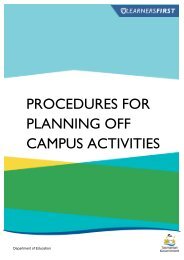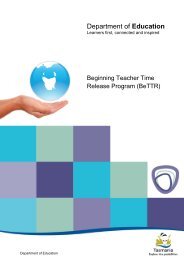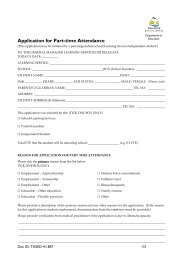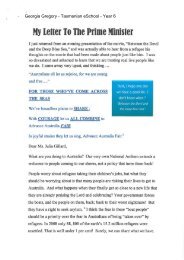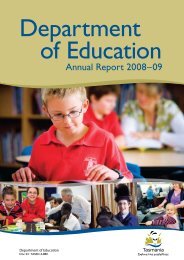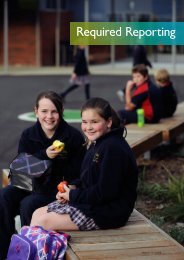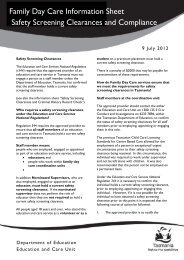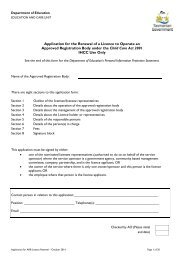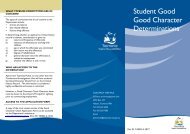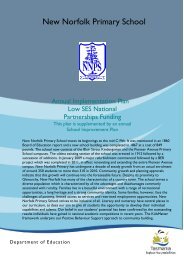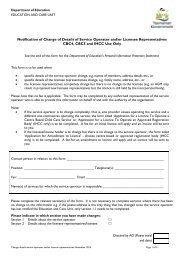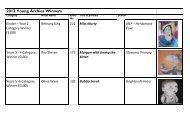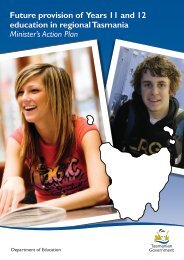Tas Curriculum K-10 - Languages - Italian - Department of Education
Tas Curriculum K-10 - Languages - Italian - Department of Education
Tas Curriculum K-10 - Languages - Italian - Department of Education
You also want an ePaper? Increase the reach of your titles
YUMPU automatically turns print PDFs into web optimized ePapers that Google loves.
Standard two overview<br />
The standard two student is likely to be in years 3–4. Students engage in language tasks that are tightly<br />
scaffolded and sequenced and use the language in everyday contexts. Most readily engage with other<br />
languages and cultures as they move away from the immediately personal to developing a stronger sense <strong>of</strong><br />
community. They read, view and enjoy a range <strong>of</strong> familiar, predictable and / or simple texts.<br />
Communication<br />
Students are developing an understanding <strong>of</strong> language used in simple, repetitive sentence structures that are<br />
heavily dependent on context, visuals, gestures and intonation for understanding. Emphasis is still on oral<br />
language. They respond in familiar situations where the language is short, well-rehearsed and formulaic, for<br />
example, conducting a grid survey. Students recognise and assign meaning to short, familiar texts they see<br />
around them, such as classroom signs and labels. With some help, they read short texts with familiar<br />
content, vocabulary and other explicit contextual cues. Students write and copy short texts with the<br />
support <strong>of</strong> written models. For scripted languages, students are able to copy or write short texts.<br />
Language as a system<br />
Students notice similarities and differences in the patterns <strong>of</strong> both oral and written language. For scripted<br />
languages, students understand that correct stroke order is important when writing characters.<br />
Language and culture<br />
This strand is interwoven with communication. Examples are provided in the content area <strong>of</strong> this document<br />
and will be expanded upon as teachers work with the intercultural approach. Students are broadening their<br />
horizons and becoming increasingly aware <strong>of</strong>, and sensitive to, other cultural groups and languages. They<br />
begin to understand that there are diverse ways <strong>of</strong> thinking and valuing. Their observations <strong>of</strong>ten lead to<br />
further questions and speculations.<br />
Thinking<br />
Students continue to display a natural curiosity and interest as they experiment with the target language, its<br />
patterns and ideas. They notice similarities and differences, begin to make comparisons and reflect on their<br />
own thinking processes and learning strategies. Students are beginning to use tools to support their<br />
learning, such as charts and picture dictionaries.<br />
Using ICT<br />
Students access ICT to view authentic texts, symbols and images. They communicate simple messages using<br />
ICT and explore interactive resources such as websites, CD-ROMs and learning objects. They may<br />
consider how they will use media in the creation <strong>of</strong> simple texts such as comic strips and menus.<br />
33



